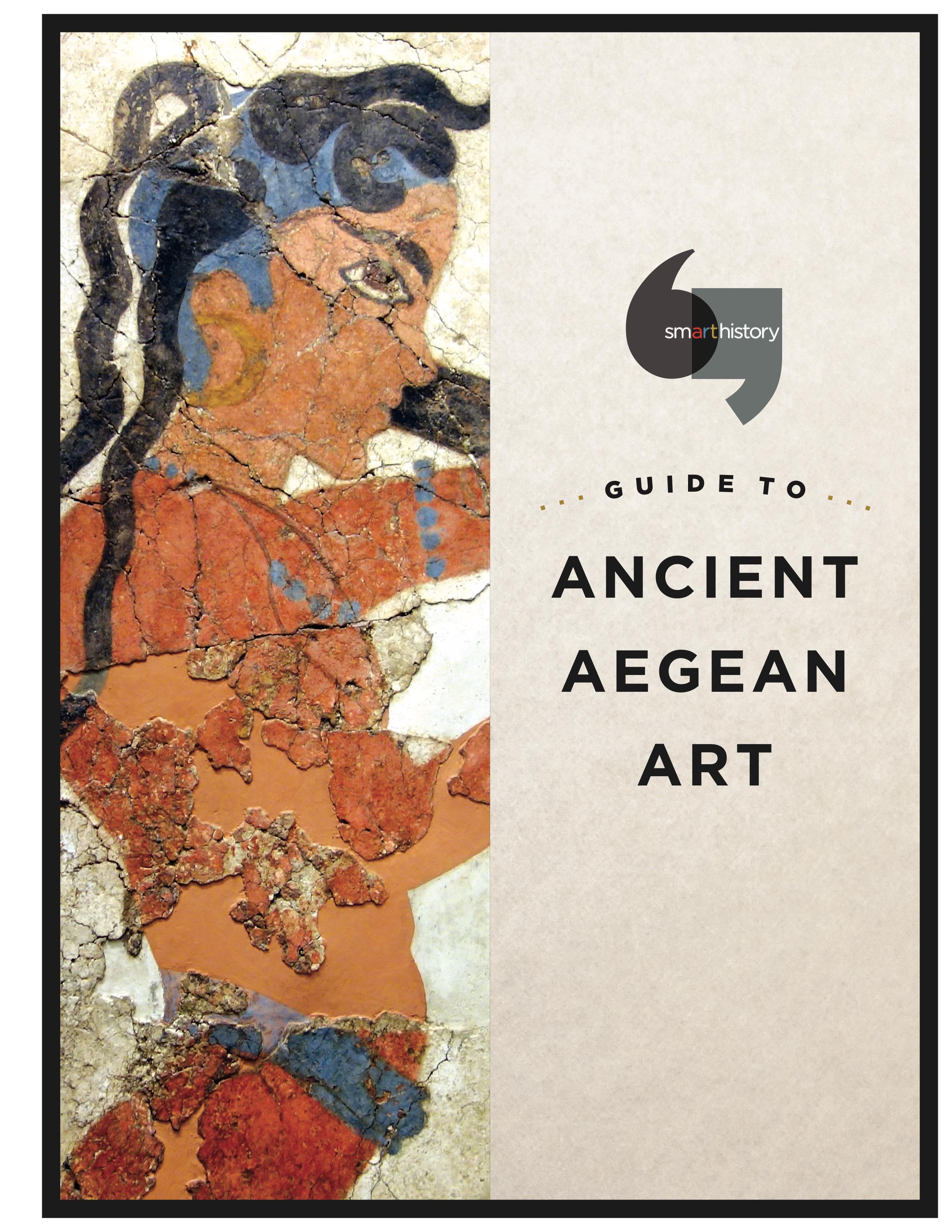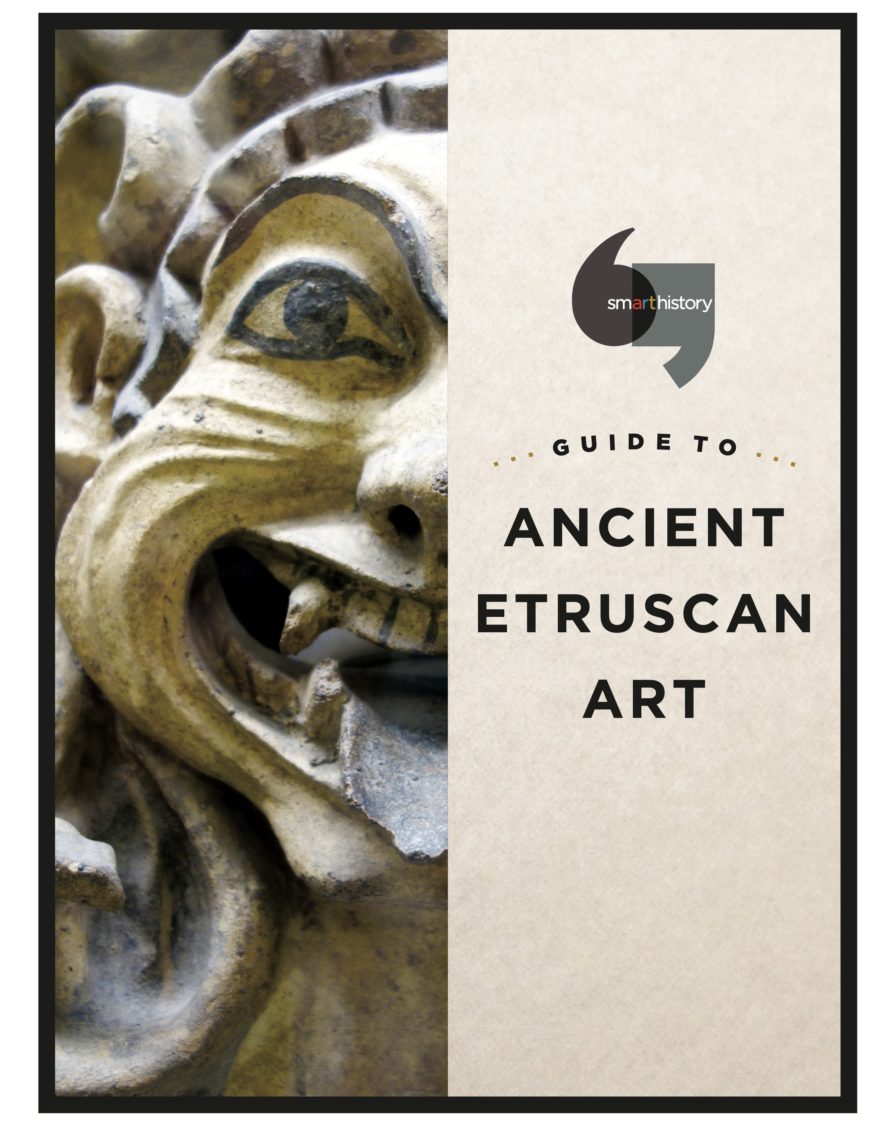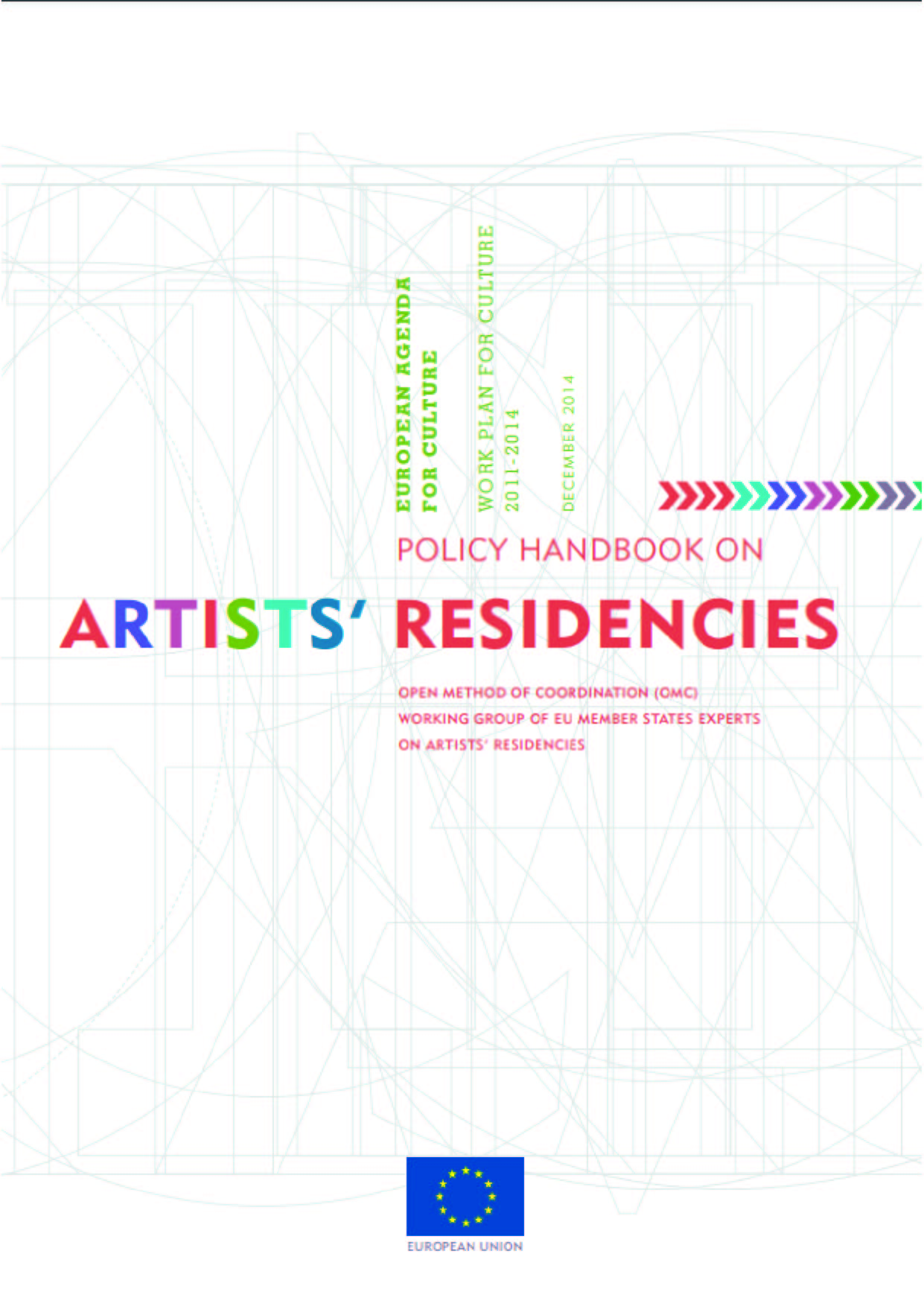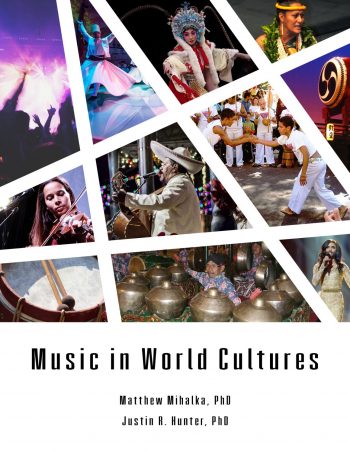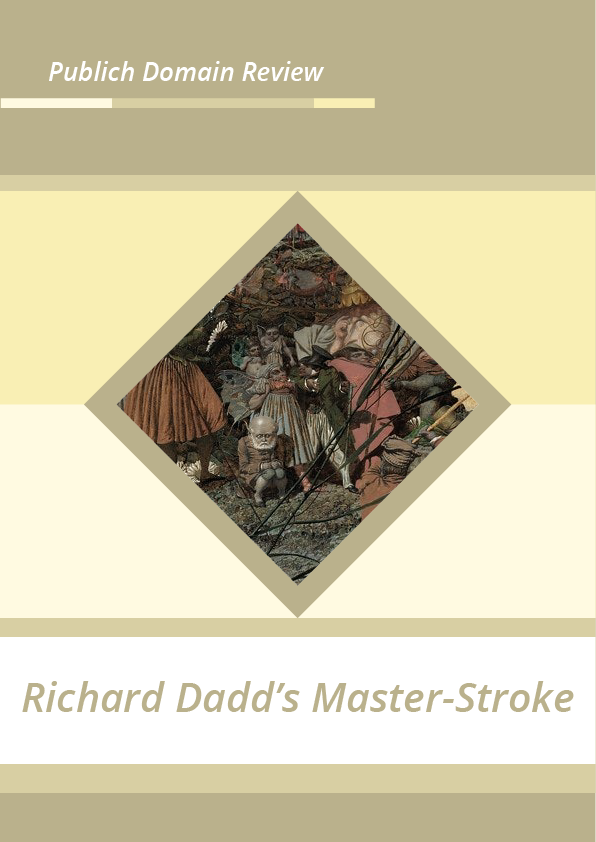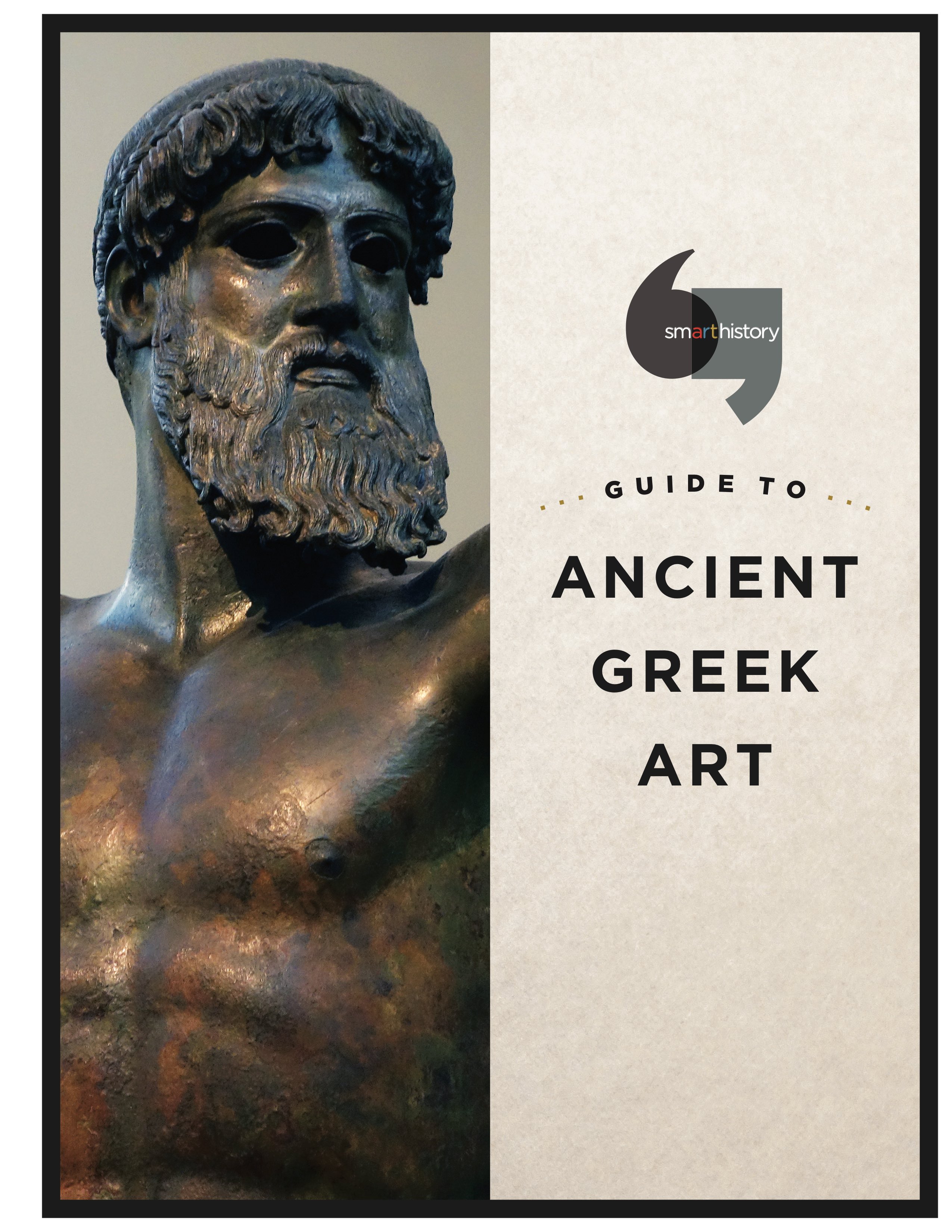This book contains all of Smarthistory’s content for the Ancient Aegean, including Cycladic, Minoan, and Mycenaean art. In the region of the Aegean Sea during the bronze age there were three distinct but interacting cultures: Cycladic (in the chain of islands called the Cyclades), Minoan (on the island of Crete), and Mycenaen (on the Greek mainland).
Male Harp Player from Keros (A CONVERSATION).
Dr. Beth Harris and Dr. Steven Zucker
Steven: We’re in the National Archaeological Museum in Athens, and we’re looking at a small sculpture of a man seated on a chair, playing a harp. But what makes this a remarkable object is that it’s probably about 5,000 years old.
Beth: There are only about 10 of these that have been discovered in the Cycladic Islands in the South Aegean.
Steven: Mostly what we’ve found are tall, thin, highly abstracted female `gures, and these have mostly been found in graves.
Beth: They were produced over hundreds and hundreds of years, of various sizes.
for that is that perhaps only 10% of these `gures have been recovered by modern archaeologists, in controlled conditions. ]e vast majority of these sculptures, male and female, have come to light on the art market. ]at is, somebody has gone in and unearthed them in order to sell them. ]e result is we have no scienti`c archaeological records of where they were found, at what level they were found, so the chronology, etc., is almost impossible.
Beth: Right. We don’t know what they were found with. We don’t know anything about the context of the `nd, and in fact we’ll never know, because that knowledge is just permanently lost. So not only do we have a problem with the archaeological record, but we also have a problem because these were so popular in the early twentieth century. ]ey were discovered by modern artists, and therefore we think many of them may have been created as forgeries.
Steven: So the art market, we think, is awash with authentic objects that have been unearthed illegally, as well as forgeries, that is, objects that have been produced in the modern world, in order to look as if they were ancient. When we look at these objects, we can see why the modern artists fell in love with these. ]ere’s a kind of simplicity. We know that Brancusi responded to these. We know that Modigliani responded to these. We know that Picasso loved these objects….
